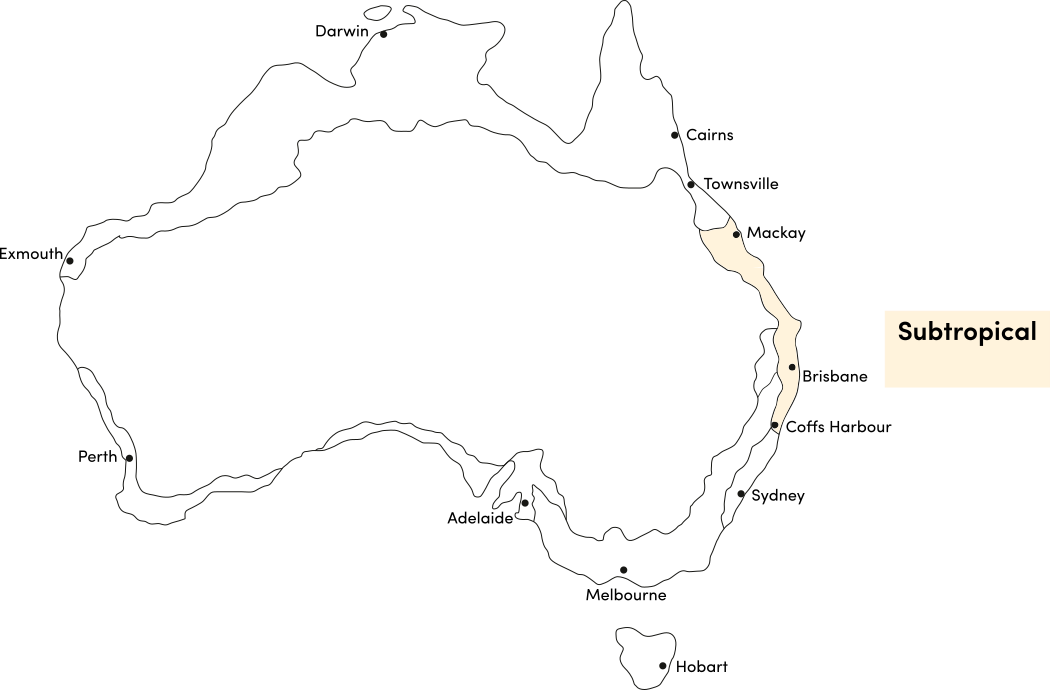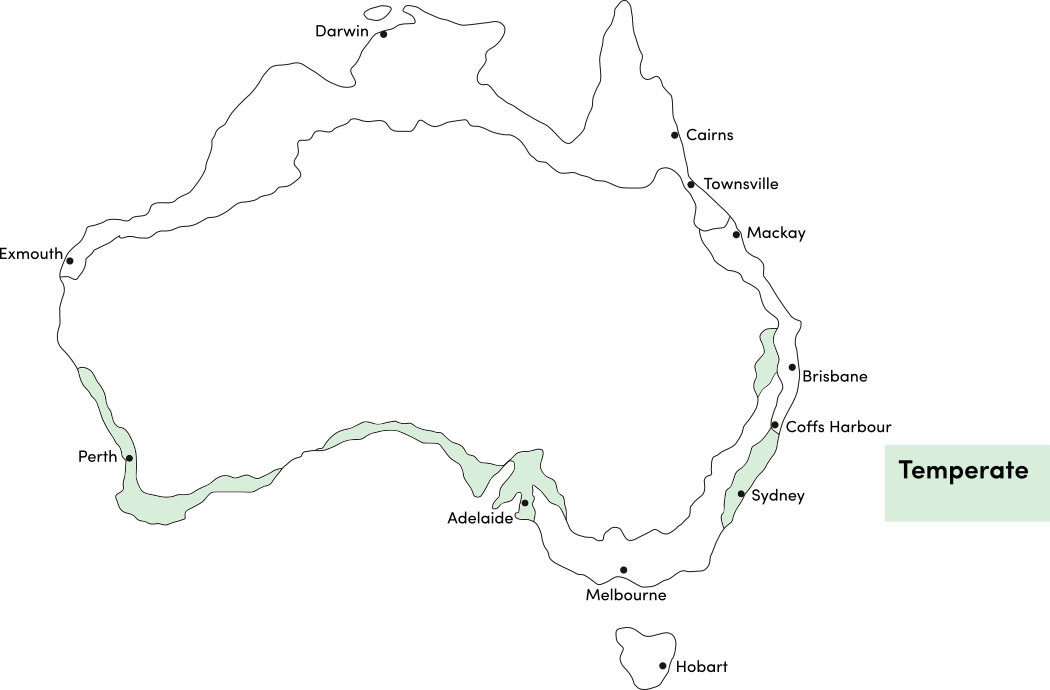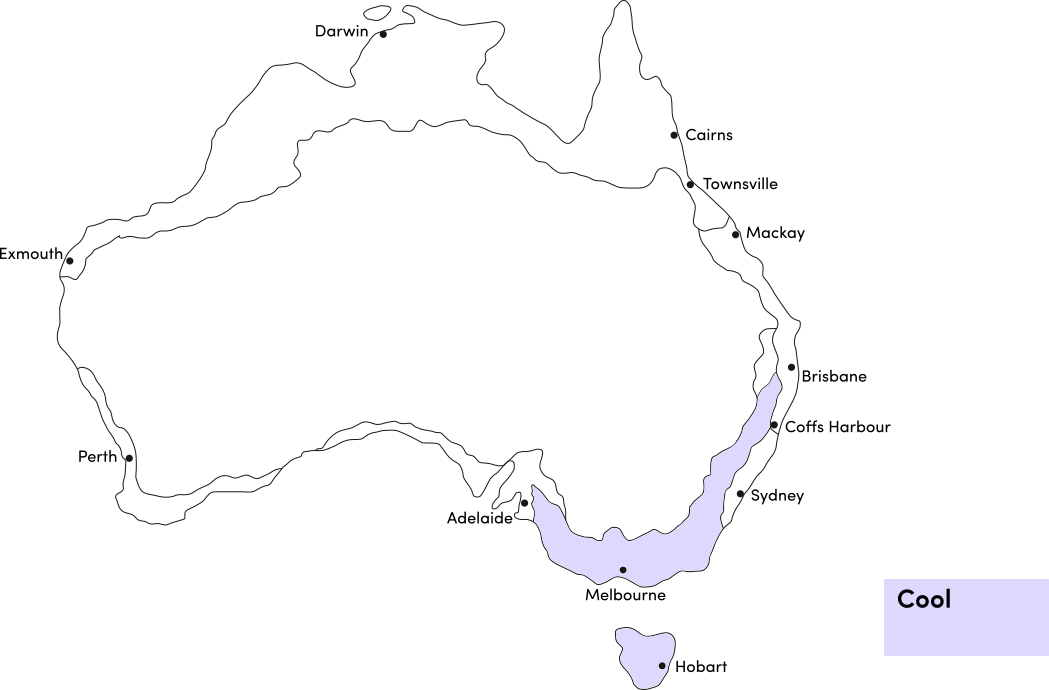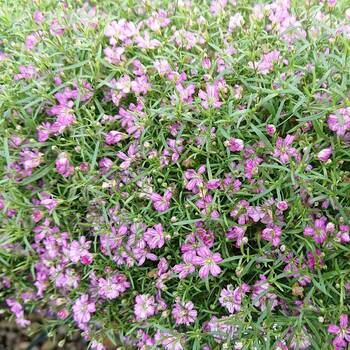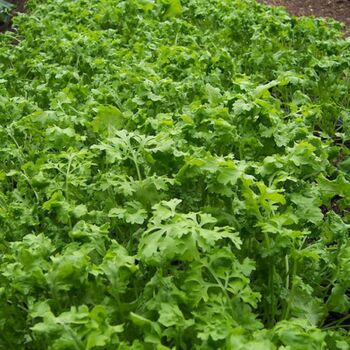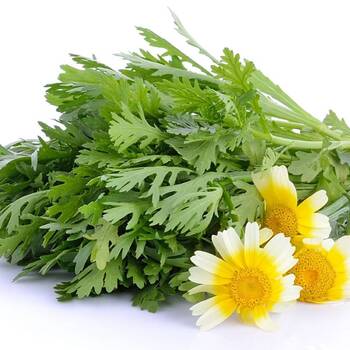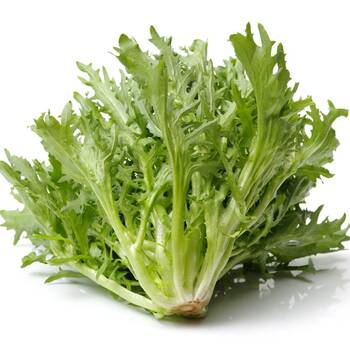Description
'Kale- Dwarf Blue Curled' seeds
Brassica oleracea
Synonyms: Brassica fimbriata
- Leaf vegetable
- Dwarf variety, 35cm
- Slow bolting
Kale is a primitive leaf vegetable. 'Dwarf Blue Curled' is a dwarf variety that grows to 35cm tall and 75cm wide. It has attractive curled blueish green leaves that have an excellent flavour both raw or cooked. Hardy variety. Very nutritious. 'Scotch Kale'
Kale is also known as Borecole.
Seeds per gram: 700
Product code: A4-16_P
Best Months to Sow
| J | F | M | A | M | J | J | A | S | O | N | D | |
| Cool | ||||||||||||
| Temperate | ||||||||||||
| Sub-Tropical | ||||||||||||
| Tropical | ||||||||||||
| Arid |
Quick Sowing Guide
| Method | Sow direct or raise seedlings |
|---|---|
| Sowing Depth | 10mm |
| Season | Spring, late summer and autumn |
| Germination | 3-7 days @ 8-30°C |
| Hardiness / Life Cycle | Hardy Biennial (usually grown as an annual) |
| Row Spacing | 100cm |
| Plant Spacing | 80cm |
| Plant Height | 35cm |
| Position | Part or full sun, moist soil |
| Days Until Maturity | 55-90 days |
*Notes: Protect from slugs, snails, aphids and caterpillars. Keep well watered. Pick leaves as needed.
How To Grow
Shipping
We deliver Australia wide.
All orders are dispatched from our warehouse in Knoxfield, Victoria, Australia.
We do not deliver overseas.
Shipping cost is calculated using all the items in your shopping cart and your delivery postcode. The table below outlines the delivery options and costs.
Christmas Holidays notice: All orders placed now will ship out starting Monday, January 5th.
Please note we are unable to guarantee specific delivery dates or delivery timeframes.
| Order contains: | Delivery options: | Delivery cost per order | |
|---|---|---|---|
| VIC, NSW, ACT, QLD, TAS, SA, NT | WA | ||
| Small seed packets ONLY - | Economy Delivery | $3.00 or FREE on orders over $25 | $5 |
| Parcel Delivery | Capped rate of $8.99 | ||
| Express Delivery | $15.00 | ||
|
BULK seed, garden supplies, tools, or accessories - |
Parcel Delivery |
Capped rate of $8.99 |
|
|
Express Delivery |
Starting from $15.00 (Calculated by weight) |
||
| Live Plants - | Live plants | Capped rate of $10.00 | |
*All orders sent to Western Australia are subject to mandatory inspection and fees by Quarantine WA. These fees are included in all shipping costs above.
**We will replace all orders that are lost or damaged in transit however we will not replace or refund orders simply because they were delivered later than estimated. Full details here.
Ratings & Reviews
Be The First To Review This Product!
Help other The Seed Collection Pty Ltd users shop smarter by writing reviews for products you have purchased.
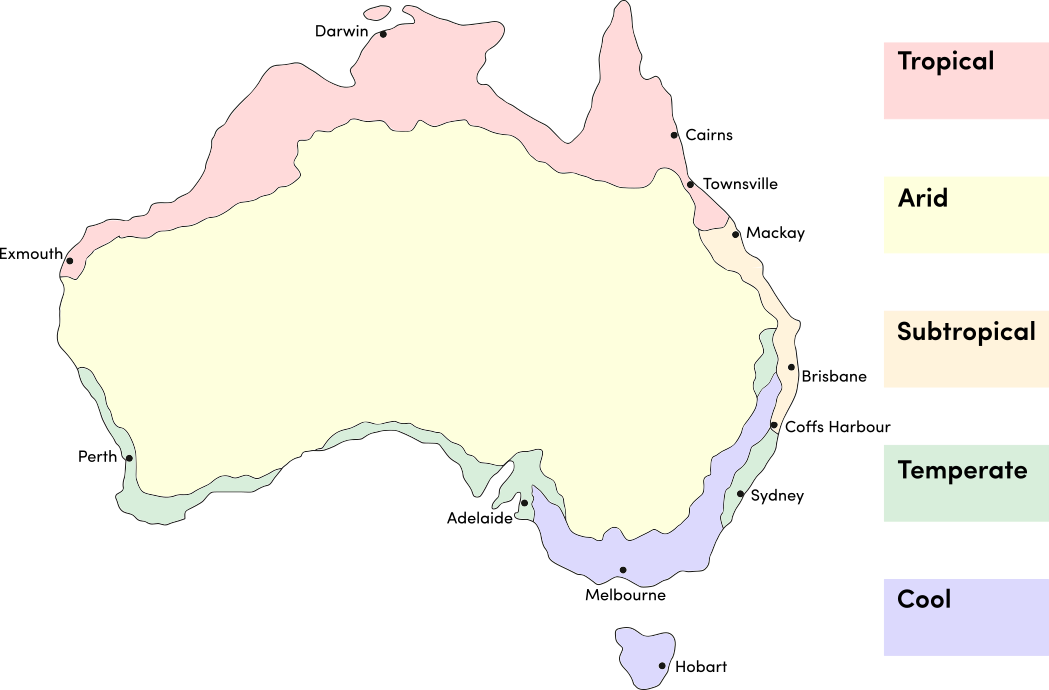



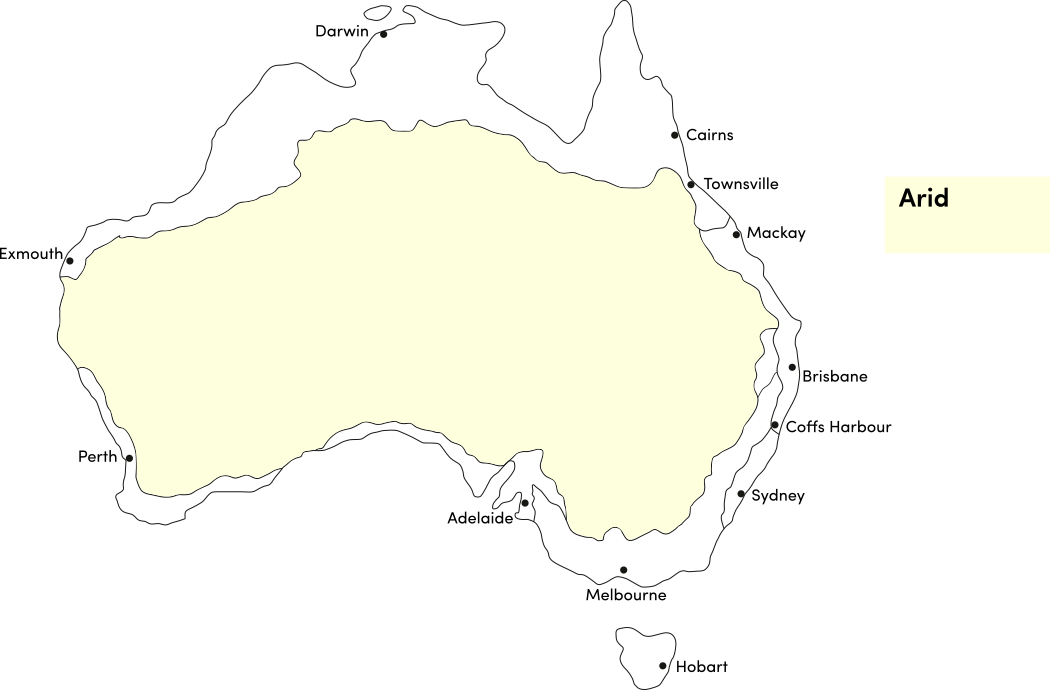
.png)
